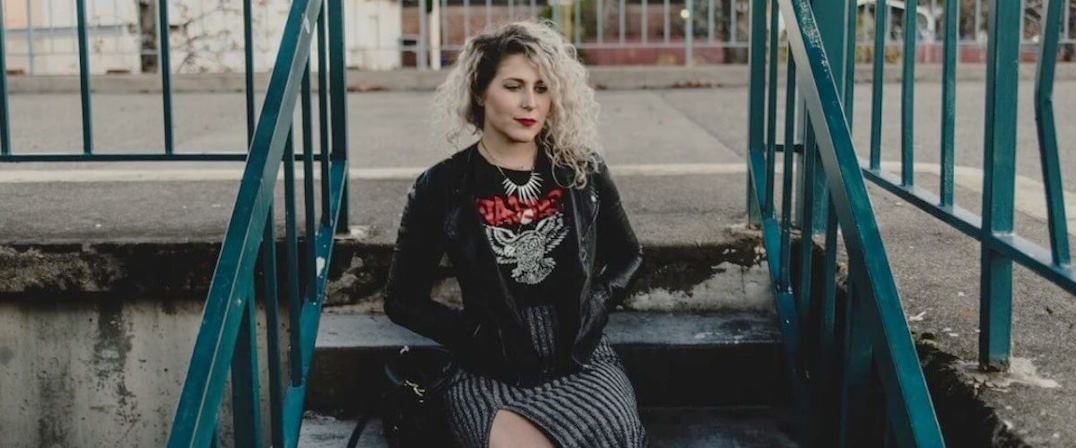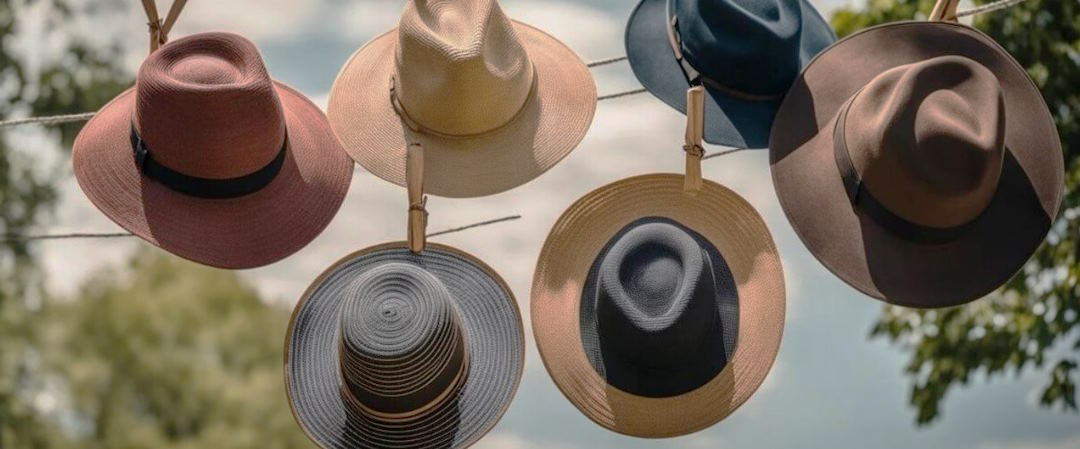Nostalgia Revisited: Late 20th Century Fashion – Power, Rebellion, and Evolution

The late 20th century witnessed a dynamic evolution in fashion, marked by two distinct eras: the power-dressing phenomenon of the 1980s and the anti-fashion rebellion of the 1990s. These decades encapsulated contrasting styles, from corporate power suits to the rise of casual streetwear. Let’s explore the influential fashion movements that defined these iconic periods.
The 1980s – Power Dressing and Corporate Glamour
Bold Silhouettes and Power Suits
The 1980s heralded power dressing, characterized by bold, assertive styles. Sharp lines, exaggerated shoulders, and structured silhouettes dominated corporate fashion. Power suits with padded shoulders and nipped waists symbolized authority and confidence for working women.
Vibrant Colors and Glamour
Neon hues, vivid prints, and metallic fabrics defined 80s glamor. Glitzy eveningwear, sequined dresses, and bold makeup choices reflected the era’s exuberance and excess. Pop culture icons and celebrities epitomized high-octane fashion, influencing mainstream style.
Street Style and Subcultures
Alongside corporate glamor, the 80s saw the emergence of street-style subcultures. Punk, hip-hop, and new-wave movements influenced fashion, with leather jackets, ripped jeans, and statement accessories symbolizing rebellion and individualism.

The 1990s – Grunge and Anti-Fashion
Grunge Fashion and Casual Chic
The 1990s challenged conventional fashion norms with the rise of grunge. Grunge fashion featured flannel shirts, ripped denim, combat boots, and oversized layers, embracing a casual, messy aesthetic. It rejected polished glamor in favor of a raw and carefree style.
Denim Dominance and Minimalism
Denim became a staple in the 90s, representing a shift towards simplicity and comfort. From denim jackets to dungarees, the versatile fabric transcended gender and social boundaries, embodying a relaxed yet stylish approach to dressing.
Alternative Styles and Individualism
The 90s celebrated individuality, with subcultures like rave, skate, and goth influencing fashion. Eclectic mix-and-match outfits, platform shoes, and body piercings showcased diverse identities and a rejection of mainstream fashion.
Impact and Evolution
The late 20th century was a time of sartorial diversity, marking a departure from the structured glamor of the 80s to the rebellious, laid-back vibe of the 90s. Yet, the influence of these decades endures in contemporary fashion. Elements of power dressing, such as tailored blazers, continue to command boardrooms, while the relaxed, grunge-inspired streetwear remains relevant in urban style.

